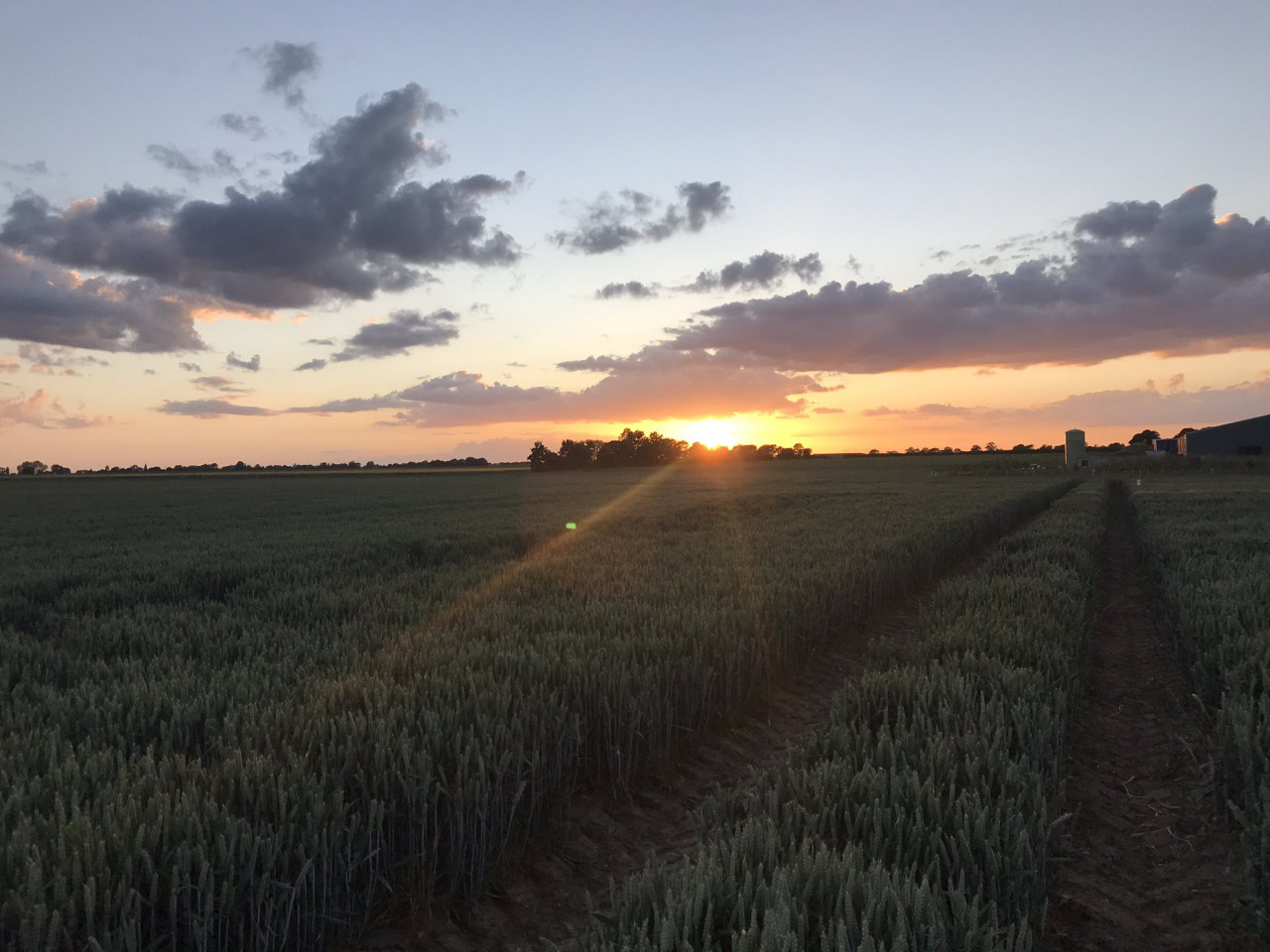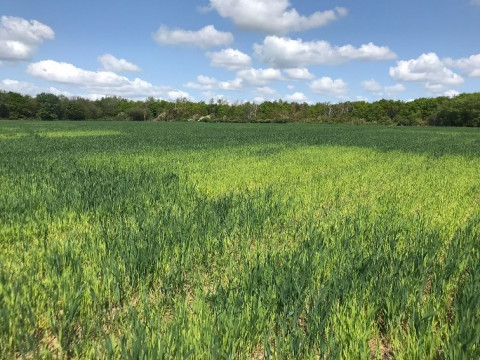Have you carried out a nutritional review?
'Versatility' has become 'the norm' for many people across the globe following the many and varied extreme events of the past four years. More specifically within UK agriculture, there have been the challenging unseasonable weather patterns during autumn and spring. These have affected growers' annual cropping plans, key agronomic timings and fertiliser applications.
Spring 2023 has been extremely challenging. The superb crop conditions coming out of winter have had to endure significantly limited spray days and delayed fertiliser applications in almost all regions since early March. However, it's pleasing that most crops have managed to maintain that great potential.
If we look at the current situation as final fertiliser applications happen (at last), our focus moves to the input decisions for crop 2024. The UK is expected to see new season ammonium nitrate options offered over the coming weeks. It is therefore important to give your fertiliser system and plans a nutritional review; not only in terms of available options but also the merits or otherwise of nitrogen source choice.
Firstly, what can we learn from 2023 so far? Sulphur deficiency has been found all over the UK. Without sufficient amounts of sulphur in a crop, the uptake of other nutrients could be reduced. Lack of sulphur will also impact the quality of the crop; therefore, it'll potentially reduce yields.
Sulphur is a reliable and versatile product - this critical nutrient cannot be an afterthought when buying nutrition inputs. You should consider it as part of your fertiliser buying strategy with an understanding of its logistical use in the spring.
A second learning is the impact of nitrogen source related to its availability to the crop and spreading quality. There have been comments from growers around a lack of visual greening to the crop from early urea applications. This is likely to do with soil being colder earlier in the spring and low soil biological activity to support the breakdown of urea. In addition to this, there have been several cases of stripping caused by poor product quality or equipment that hasn't been calibrated properly. In some situations, stripping can also be caused by switching to urea-based products that are spread at wider bout widths.
Nitrogen sources
There have been huge changes in nitrogen purchasing trends over the last 12-18 months, with significant increased buying of urea and protected urea due to the cost per kilogram of nitrogen (£/kg N). However, looking forward the premium on ammonium nitrate is far less than it has been. Therefore, growers should consider ammonium nitrate for crop 2024 given the benefits this form of nitrogen can bring.
*The urea stewardship scheme will restrict the application window for urea not treated with a urease inhibitor. Please see recent blog on the details around this legislation.
Polysulphate based system
This form of nitrogen and sulphur strategy has seen a huge increase over the last two years following the permanent closure of CF Fertilisers Ince facility which produced N/S and NPKS compounds. Growers had to look at alternatives – polysulphate was just one of them.
The producers of polysulphate have additional products in their portfolio such as;
- Potashplus – (37.0K + 2.8MgO + 23SO3 + 8.0Ca) that can provide your required sulphur alongside a fresh source of potassium
- PhosphatepluS (0-29-5 + 2MgO + 19SO3 + 24CaO) that can provide your required sulphur alongside a fresh source of phosphorous.
Due to the production process of the above two products, the sulphur is available quicker to the plant.
Liquid fertiliser – nitrogen and sulphur
Liquid fertiliser systems continue to increase in popularity due to the accuracy of application and nutrient delivery.
*Liquid fertiliser is also included within the urea stewardship scheme, requiring the inclusion of a urease inhibitor (Limus Perform) for applications after 1st April each year.
AN based high sulphur grades, e.g. 26N 37SO3
There are reduced options for the high sulphur grades as CF Fertilisers are no longer producing DoubleTop. For crop 2024, BASF will no longer produce 26N 35SO3.
AN based low sulphur grades, e.g. 27N 9SO3
The largest range of options are in this category. Currently, multiple importers bring these grades into UK across all regions with the same nitrogen content, but varying sulphur content.
Urea based nitrogen sulphurs
There is a very limited number of urea sulphur compounds offered into the UK market and these always come in small volumes. There is, however, always wide range of urea sulphur blends available across all regions, but you need to watch product quality for accurate spreading.
There are some products not covered in this blog. These include ammonium sulphate (21N 60SO3) which, in my opinion, doesn't meet the nutrient demands of UK crop rotations because the analysis means either nitrogen is under applied or sulphur is over applied. Secondly, would be sulphur pellets, which have to be applied in the autumn/winter to ensure that the sulphur is potentially available for the spring. Finally, foliar sulphur - a useful addition but it can't completely replace soil applied sulphur demands.
In this blog I have set out some thought starters around product or systems options. It's a reminder of the importance of ensuring all product options are assessed on their individual merits, along with the total programme costs. With new season offers just around the corner it is vital you purchase the best products for your 2024 crops and system.
We would encourage you to speak to your advisor or get in touch with the nutrition team at Frontier to discuss what fertiliser system might best fit your farming business.
Meet our experts at a Frontier 3D Thinking open day
Across the summer we're hosting our series of UK-wide 3D Thinking open days, giving you the opportunity to learn more about the innovation and research underway at our trial sites. The events are also a great opportunity to meet our nutrition specialists who will be on hand to talk more about the upcoming regulations and solutions available.
To find your local event and register to attend, visit our website.
As a subscriber, you’ll receive email alerts each time a new blog is published so you can always stay updated with the latest advice and insights from our experts












Comments